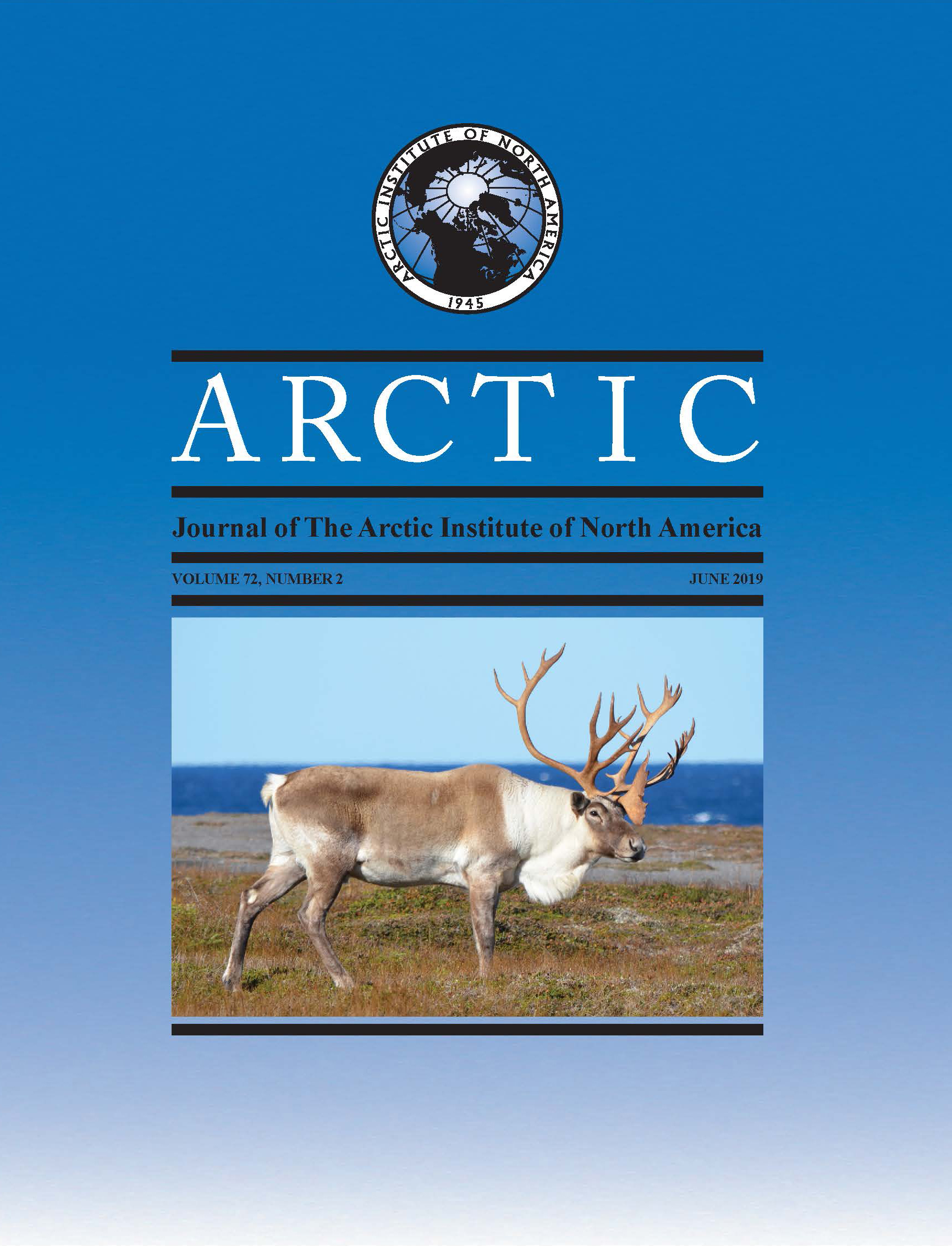Predation of Harp Seals, Pagophilus groenlandicus, by Polar Bears, Ursus maritimus, in Svalbard
DOI:
https://doi.org/10.14430/arctic68186Keywords:
harp seal, Pagophilus groenlandicus, polar bear, Ursus maritimus, predationAbstract
Harp seals (Pagophilus groenlandicus) that breed in February and March in the White Sea migrate to open water around Svalbard and Franz Josef Land in the Barents Sea, feeding pelagically while following the receding ice edge northward to the edge of the polar pack. Although harp seals are present throughout the area during the summer, they are primarily pelagic and do not appear to be extensively preyed upon by polar bears (Ursus maritimus). However, occasionally, large numbers of harp seals may haul out and rest on the pack ice or feed in the water below the ice and surface to breathe between the floes. When approached by a polar bear while on the ice, harp seals do not exhibit the instant flight response characteristic of the polar bear’s primary prey species, ringed (Pusa hispida) and bearded seals (Erignathus barbatus). In this situation, polar bears may make multiple kills without either consuming their own prey or scavenging seals killed by other bears. This behavior appears not to frighten other nearby harp seals, whether hauled out on the ice or in the water below the floes. These unusual concentrations of harp seals hauled out on sea ice may be related to the distribution and abundance of fish or other epontic prey. Their lack of an escape response to predators on the surface of the sea ice is probably a result of briefly hauling out in large numbers in spring while whelping on the sea ice in areas where the consequences of potential polar bear predation are insignificant. The rare events of harp seal mortality from bears killing them on the surface of pack ice during the summer do not appear to have a significant impact at the population level of either species.
Downloads
Published
Issue
Section
License
Copyright (c) 2019 ARCTIC

This work is licensed under a Creative Commons Attribution 4.0 International License.


